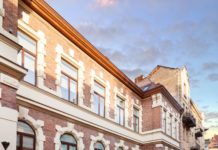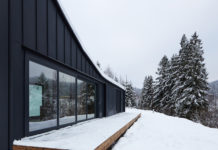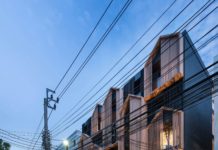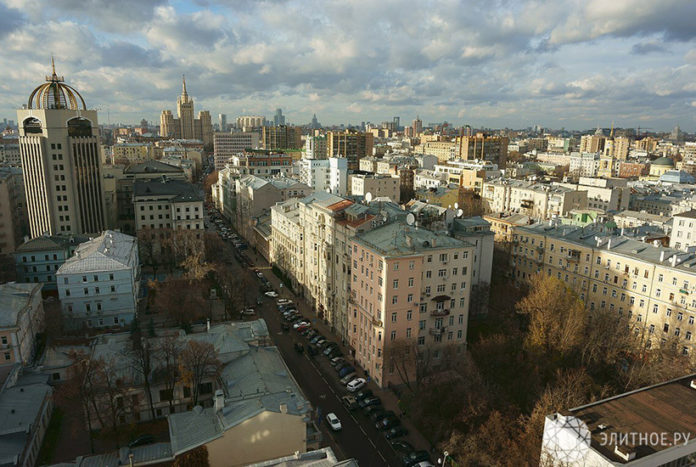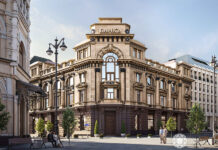For modern Moscow, the “new style” is traditional and at the same time modern, comfortable and dynamic

Walking along Povarskaya, every time I am amazed at how quiet this street, located a quarter of an hour from the Kremlin, is quiet, non-touristy, unhurried. But here every house is a story, every name (and often surname) & # 8211; it is one of the most famous names of the Russian state, every building is an architect of the most significant. Many architectural styles are also intertwined here: from genuine classicism to Stalinist classicism, from pseudo-Russian splendor to ascetic constructivism.
But today my attention is drawn to modernity. “New style”, as it was called in Russia, when it just came into fashion. Railway stations, banks, apartment buildings, hotels and mansions were built in the Russian Art Nouveau style. Buildings in this style do not refer to the past, and modern technologies are actively used in them. A striking example of such architecture is the St. Petersburg House of Singer (pictured below), the dome of which ends with a glass ball.

The most famous monuments of Russian Art Nouveau on Povarskaya are, of course, two mansions (pictured below), built according to the designs of the famous Lev Kekushev. One of them, Ivan Mindovsky's mansion, is still beautiful and recognizable. The New Zealand Embassy is now located there. But the second mansion, where the Embassy of Kenya is now located, was less fortunate: its first owner, the merchant Ponizovsky, immediately remade it, destroying almost all recognizable features of Art Nouveau and the master's handwriting.
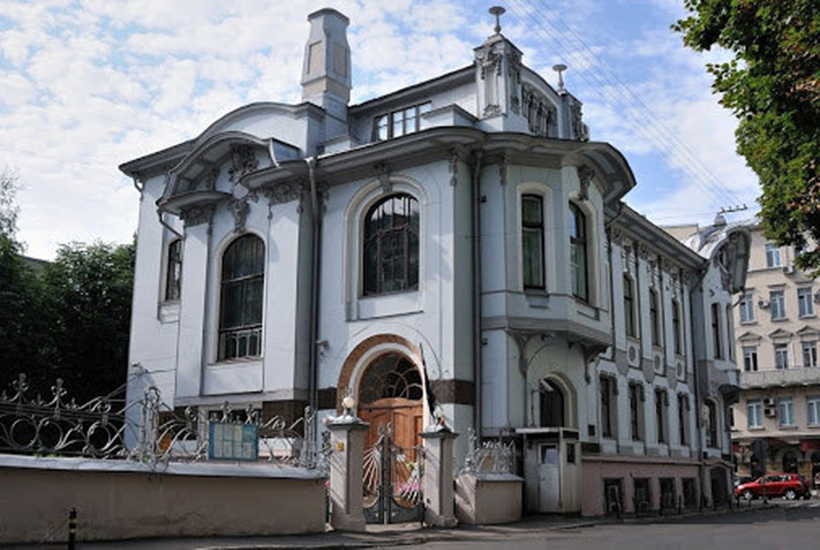

In addition to the mansions, there are at least three apartment buildings on Povarskaya, built in the same style. This building, known today as “Povarskaya Plaza” (pictured below), by architect Olgerd Piotrovich. The charming “House of Art”, invented by Valentin Dubovsky for the lawyer Joseph Kalmeer and richly decorated with artistic elements referring to different eras of art development – from antiquity to the Renaissance, & # 8211; Miloradovich's apartment house by Roman Klein.
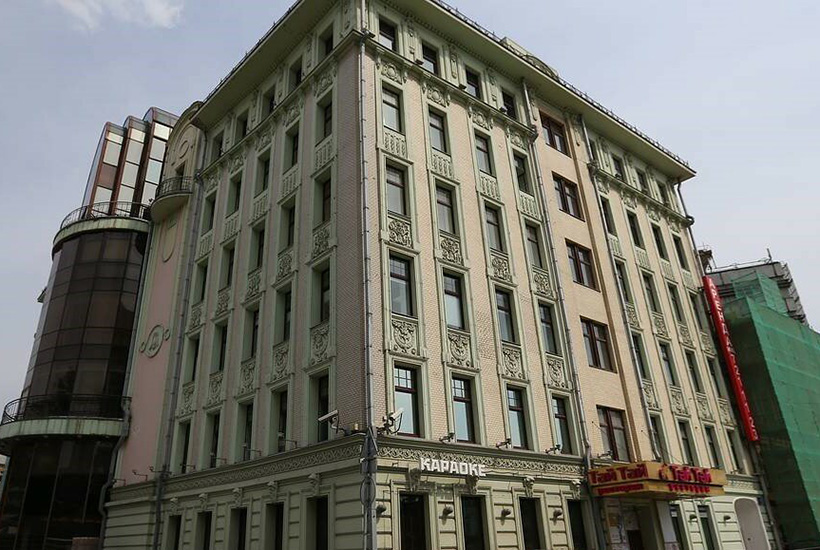
When you look at these houses, you understand that the idea of luxury is already embedded in the style itself. He is rational, but not utilitarian, he allows himself to be redundant and decorative. This is the style of not surviving, but living life to the fullest. The style of piece hand-made things, designed to emphasize the individuality and exclusivity of a person living in their environment. Its optional symmetry, fluidity and whimsical forms 120 years ago became the embodiment of a new freedom of thought, originality and creativity.
Russian Art Nouveau came with a new century and became the forerunner of incredible changes not only in art and fashion, but also in industry, business, social order and politics. The modern world said goodbye to the supremacy of the aristocracy, to the centuries-old system of social hierarchy, to ladies' corsets, stiffness and hypocrisy, to frozen forms and outdated ideas. Modernity led the world into a new era, where energy, speed, originality of thinking, individualism and uniqueness are valued.

Unsurprisingly, the most innovative and successful people of the early 20th century were inspired by this style. Judge for yourself. Stepan Ryabushinsky, who ordered the most famous mansion in Moscow from Fedor Shekhtel (pictured above), was a talented entrepreneur, banker, philanthropist who, among other things, founded one of the first Russian automobile factories – AMO (later – ZiL). p>
Savva Mamontov, the largest industrialist and philanthropist, striving to build the most luxurious hotel in Moscow, relied on the best architects and artists and the fashionable “new style”. And he made the right decision: his Metropol is great today.
The famous book publisher and educator Ivan Sytin chose Russian Art Nouveau for his office house on Tverskaya.
Johann Ding, the man who produced the first Russian pasta, built both his own mansion and his pasta factory in Sokolniki in this style. More than a century has passed, Johann Ding has long been dead, and beautiful buildings exist, and the factory is still working (photo below).
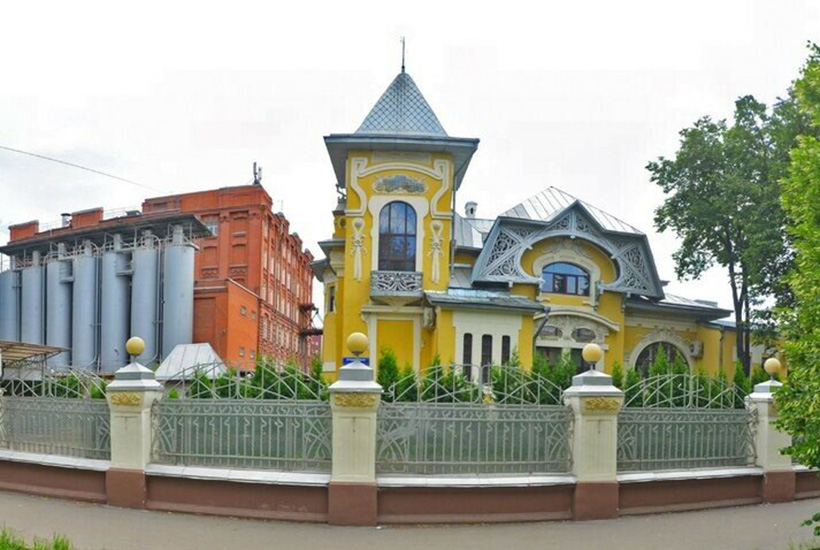
If initially the style appeared as a challenge, as opposed to the past and the present, then the age-old history easily reconciled it with the past, and today it is already perceived as a “classic”, strongly associated with traditions, which is always a sign of stability and healthy conservatism. Such is the unity of opposites: creativity and rational, impulse and constancy. Or, as Marina Tsvetaeva brilliantly formulated: “Two favorite things in the world: a song and a formula. That is – the element – and the victory over it. ” Tsvetaeva, by the way, lived two steps from Povarskaya, in Borisoglebsky lane, and performed here in the House of Writers.
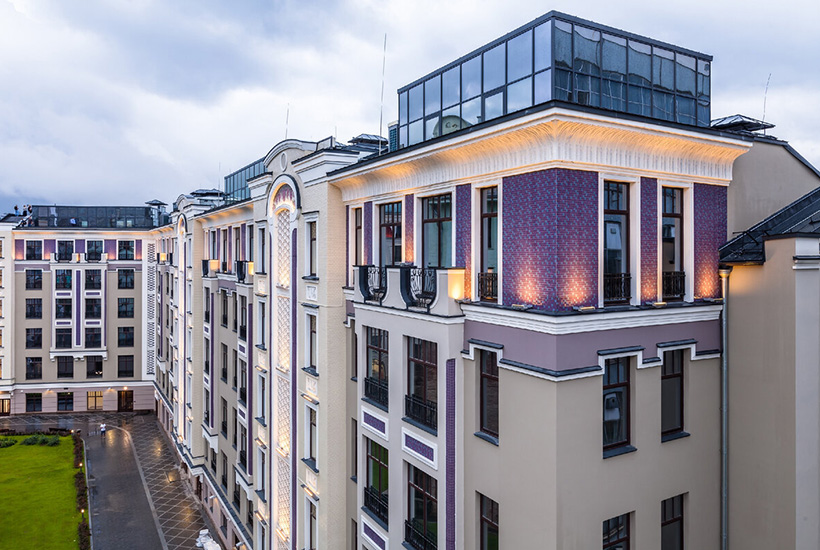
In a word, for today's Moscow, Art Nouveau is so traditional and at the same time modern, so comfortable and dynamic that I was not at all surprised when I finally saw firsthand the new residential complex on Povarskaya – Teatralny Dom (pictured above). And this is also Russian modern!
The complex, as they say, has historical roots: three of the six buildings were built at the turn of the XIX-XX centuries. Discreet but perfectly balanced neoclassical facades support the surrounding historic buildings. At the same time, there is no ostentatious luxury, no excessive decor. Because all the most “delicious” here, the most impressive – for internal use.
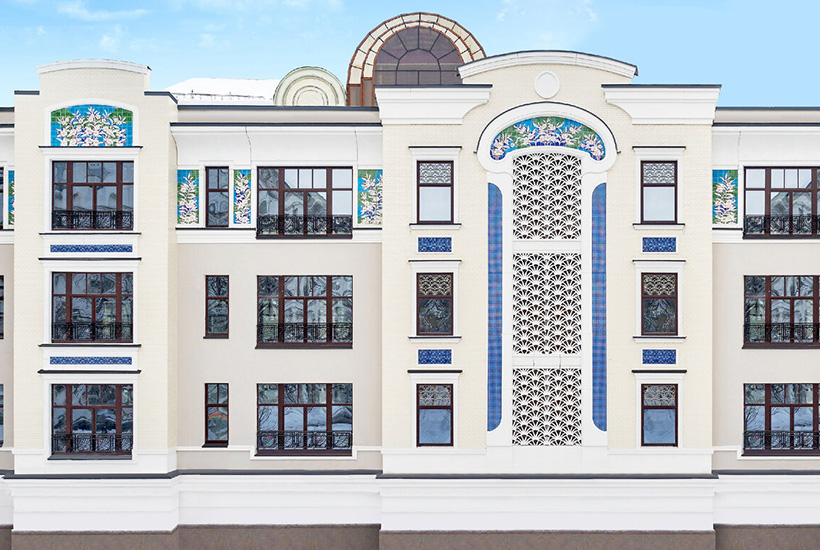
Elegant facades (pictured above) are not “modern”, but with an explicit reference to modern & # 8211; with graceful forged details, with complex glass windows, with smooth lines of decorative elements, wonderful colored friezes and flower panels from majolica & # 8211; facing the courtyard. And the courtyard itself (pictured below), reminiscent of a garden at a city estate of the century before last, is quiet and serene: there are no passers-by, cars, hustle and bustle.
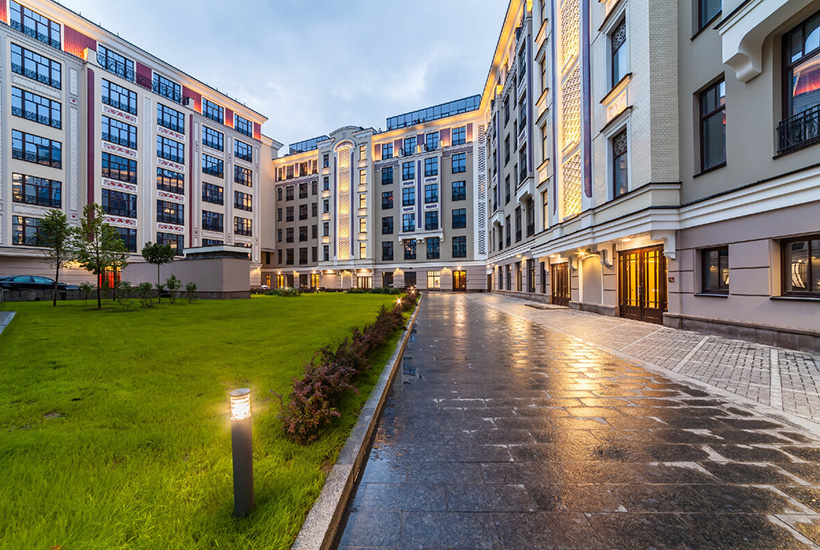
In public areas (pictured below) of the house, a sense of luxury is brought by finishing of sparkling natural marble and intricately shaped stained glass noble oak entrance doors, expensive Bohemian glass chandeliers and stylish wall lamps.
Apartments in this house are quite spacious: from 100 sq. meters. But that's not the point. The main thing is that you will not create any interior design that distinguishes a truly magnificent home, & # 8211; it is an ideal location a stone's throw from the center, but not on a noisy highway. This is a worthy environment: the Gnessin Academy and the P.I. Tchaikovsky, Central House of Writers and the Literary Museum, the Theater of the Film Actor, several art galleries at once. It seems that all the muses settled on this street at once.
There are aristocratic volumes, and the height of the ceilings (in some apartments the ceilings are higher than 4 meters), huge windows and a magnificent view from them. The area is not high-rise, and the gaze does not rest on the walls of the neighboring house, but glides along the panorama of Moscow streets. All this allows you to create not only luxurious but also highly personalized home. Multilevel floors, precious antiques, modern designer furniture, and art objects – everything that makes up the environment of a wealthy and well-educated person with taste will be in place here.


